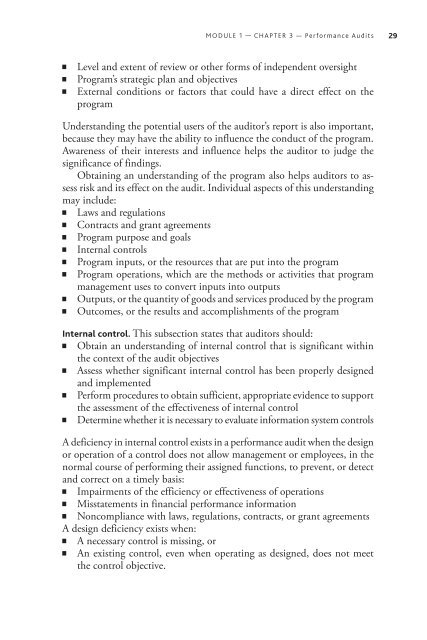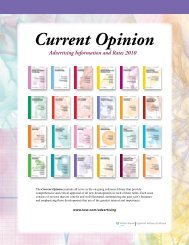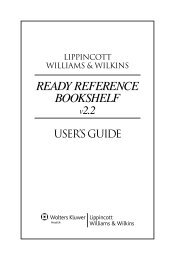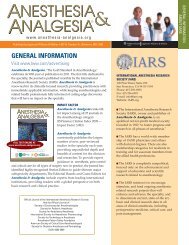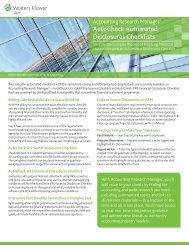TOP AUDITING ISSUES FOR 2013 - CCH
TOP AUDITING ISSUES FOR 2013 - CCH
TOP AUDITING ISSUES FOR 2013 - CCH
You also want an ePaper? Increase the reach of your titles
YUMPU automatically turns print PDFs into web optimized ePapers that Google loves.
MODULE 1 — CHAPTER 3 — Performance Audits 29<br />
Level and extent of review or other forms of independent oversight<br />
Program’s strategic plan and objectives<br />
External conditions or factors that could have a direct effect on the<br />
program<br />
Understanding the potential users of the auditor’s report is also important,<br />
because they may have the ability to influence the conduct of the program.<br />
Awareness of their interests and influence helps the auditor to judge the<br />
significance of findings.<br />
Obtaining an understanding of the program also helps auditors to assess<br />
risk and its effect on the audit. Individual aspects of this understanding<br />
may include:<br />
Laws and regulations<br />
Contracts and grant agreements<br />
Program purpose and goals<br />
Internal controls<br />
Program inputs, or the resources that are put into the program<br />
Program operations, which are the methods or activities that program<br />
management uses to convert inputs into outputs<br />
Outputs, or the quantity of goods and services produced by the program<br />
Outcomes, or the results and accomplishments of the program<br />
Internal control. This subsection states that auditors should:<br />
Obtain an understanding of internal control that is significant within<br />
the context of the audit objectives<br />
Assess whether significant internal control has been properly designed<br />
and implemented<br />
Perform procedures to obtain sufficient, appropriate evidence to support<br />
the assessment of the effectiveness of internal control<br />
Determine whether it is necessary to evaluate information system controls<br />
A deficiency in internal control exists in a performance audit when the design<br />
or operation of a control does not allow management or employees, in the<br />
normal course of performing their assigned functions, to prevent, or detect<br />
and correct on a timely basis:<br />
Impairments of the efficiency or effectiveness of operations<br />
Misstatements in financial performance information<br />
Noncompliance with laws, regulations, contracts, or grant agreements<br />
A design deficiency exists when:<br />
A necessary control is missing, or<br />
An existing control, even when operating as designed, does not meet<br />
the control objective.


